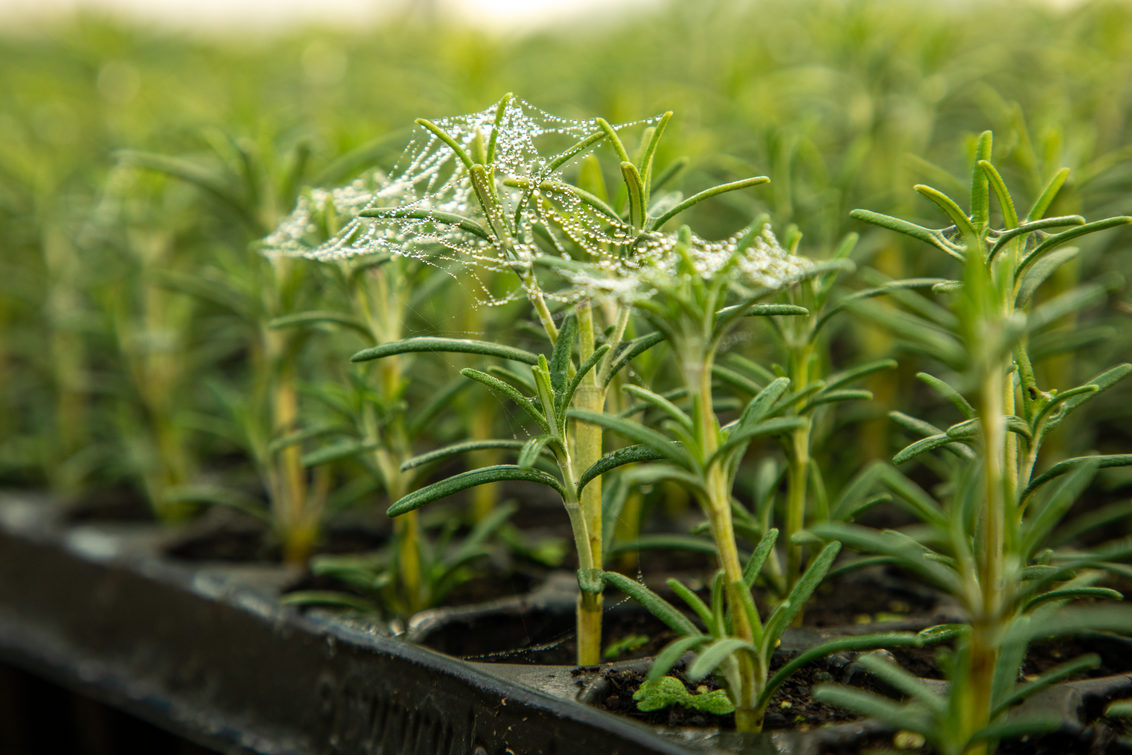Amino acids as an antidote to stress

Last time we looked at some of the less-than-ideal conditions that can occur on the nursery, or on the way to your customers, that put your plants under environmental stress. While plants can respond to protect themselves, at least in the short term, those responses take energy and can shut down some important parts of their metabolism, inevitably taking their toll on growth and development. Even when the stress is eliminated, the crop may never catch up so quality suffers with consequences for plant performance in the garden or landscape.
An element of the stress response that is increasingly well understood is how it affects plant proteins.
Proteins form the structural elements of cells and tissues but they’re also the enzymes that control all of the thousands of different biochemical processes in the plant – such as photosynthesis, nutrient transport, and regulation of flowering.
Proteins are large, complex molecules, each with a specific job, formed from long, folded, chains of much simpler molecules called amino acids. There are just 20 different naturally occurring amino acids and the order they’re arranged in – a typical protein molecule contains anything from 50 to more than 2,000 amino acids – is what creates the characteristics of the millions of different proteins found in nature.
Under ideal growing conditions, plants make their own amino acids from nitrogen in fertiliser and feeds and carbon fixed during photosynthesis but it takes energy that could otherwise be used for other aspects of growth and development. Linking amino acids – initially into short chains known as peptides – to form proteins uses a lot of energy too.
Stress reduces photosynthesis so plants save energy by scaling back amino acid production. They may even break down some types of protein to reuse the amino acids elsewhere – some individual amino acid molecules, for example, help to protect from stress. One called proline is known to accumulate in the cells of plants suffering from dehydration, where it helps to retain water in the cells and protects membranes and some key enzymes from damage.

We recently launched a new biostimulant, Hicure, which helps improve stress resilience by providing a readily available source of amino acids, both as individual molecules and in peptide chains. That reduces the amount of energy the plant channels into its protein metabolism: under good conditions more energy can be dedicated to other aspects of growth and development, while in periods of stress the plant conserves energy and avoids the waste of breaking down existing proteins to ‘recycle’ their amino acids.
You don’t need any specialist equipment to apply Hicure and it’s compatible with most crop protection and fertiliser products.
Trials across Europe and in the USA, over a range of protected ornamentals, cut flowers and hardy nursery stock, show treatment improves root mass, vigour and ‘shelf-life’. Weekly applications on lavender on the nursery, for example, maintained quality for longer during simulated transport and retail marketing and led to better flowering after planting out.
Hicure is best used as a regular spray or drench, with optimum results achieved when applied before any stressful conditions or ahead of crucial crop development phases such as flowering; to aid establishment when potting on; when environmental stress, such as hot weather, is expected; or before dispatch to guard against conditions in transport or at the point of sale. It could be considered a useful ‘insurance’ to make crops more resilient against, for example, a failure in the irrigation system over a weekend.

